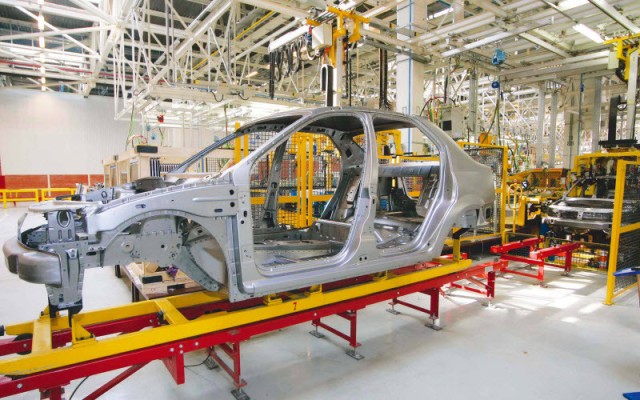The Purchasing Managers' Index in the Kingdom of Saudi Arabia recorded a remarkable growth during the month of November, reaching 56.9 points, indicating a significant improvement in commercial activity in the Kingdom.
The report of the IHS Markit Group, issued today, Sunday, stated that there was another strong expansion recorded by the non-oil-producing private sector in Saudi Arabia during the month of November, as commercial activity rose At one of the fastest rates since the start of the (Covid-19) pandemic, companies experienced strong demand and modest price pressures.
The slowdown in new business growth, however, made the overall improvement in economic conditions the lowest since August, the report said.
Although the index fell from 57.7 points in October and hit a three-month low, the index was in line with the 12-year average.
The index of new orders, the largest component of the core PMI, fell for the second month in a row after hitting a seven-year high in September.
Nevertheless, the index continued to point to a strong recovery in new business volumes, which was stronger than most of the recovery since the first COVID-19 shutdown. ).
Many members of the study committee linked the increase in sales to a return to normal economic conditions and an improvement in the tourism sector through easing travel procedures. External demand also improved, with new export orders rising to the highest level since May.
As a result, business activity in the non-oil private sector rose sharply in the middle of the last quarter, with the growth rate being slightly weaker than October's four-year high. .
While production has been robust enough to ensure backlog is reduced, the rate of backlog decline has been the slowest since the pandemic began, with companies citing pressures of Demand has begun to put pressure on the total carrying capacity.
The increase in production led to further expansions in recruitment and procurement by companies. Employee numbers rose at the fastest rate since June, albeit only marginally, as many companies remained cautious about their future sales outlook.
At the same time, purchases rose sharply, with efforts to increase inventories of production inputs in the face of disruptions in global supply chains.
Nevertheless, local suppliers in particular have been successful in avoiding supply problems and reducing delivery times for the third month in a row.












































